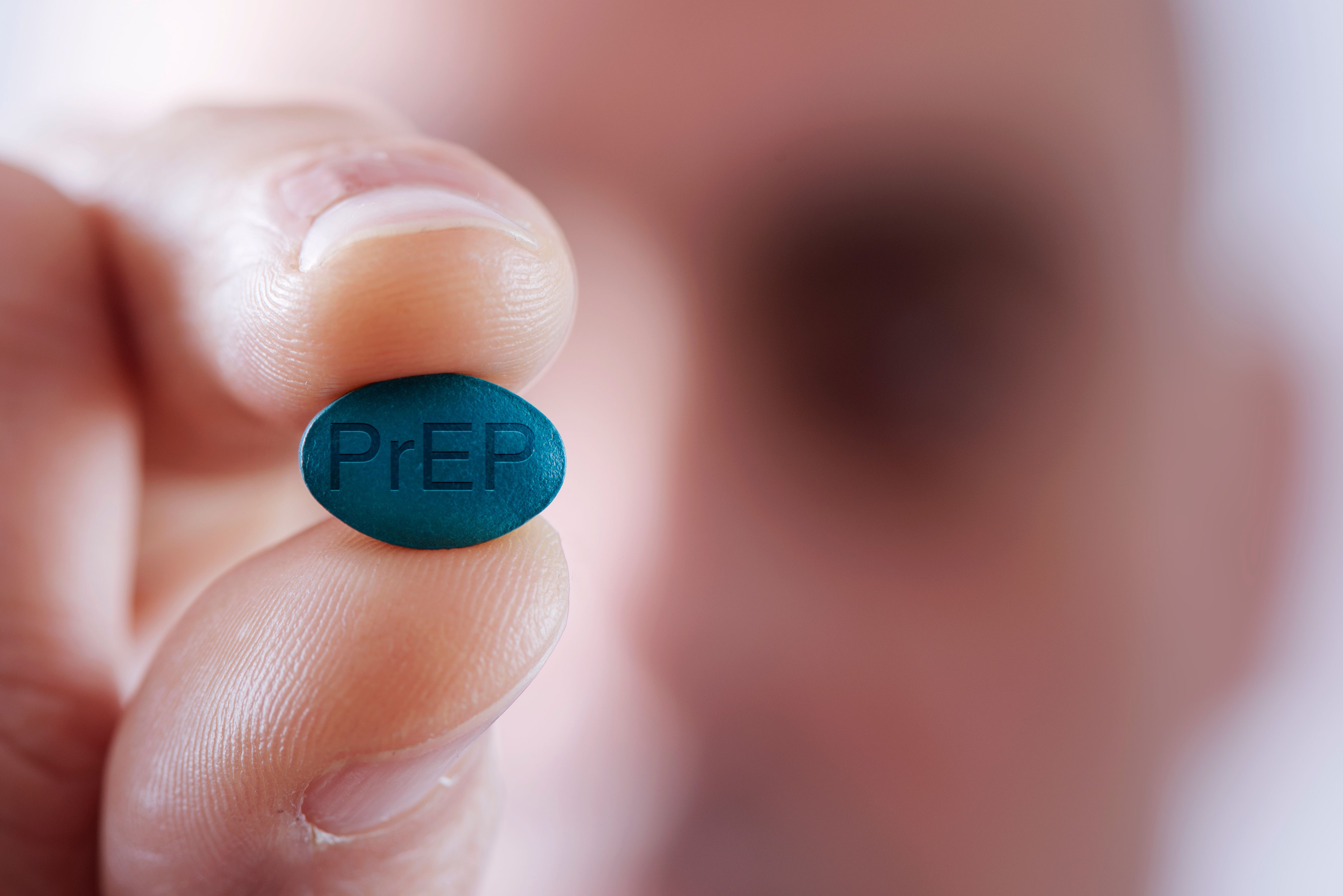
HIV
Latest News
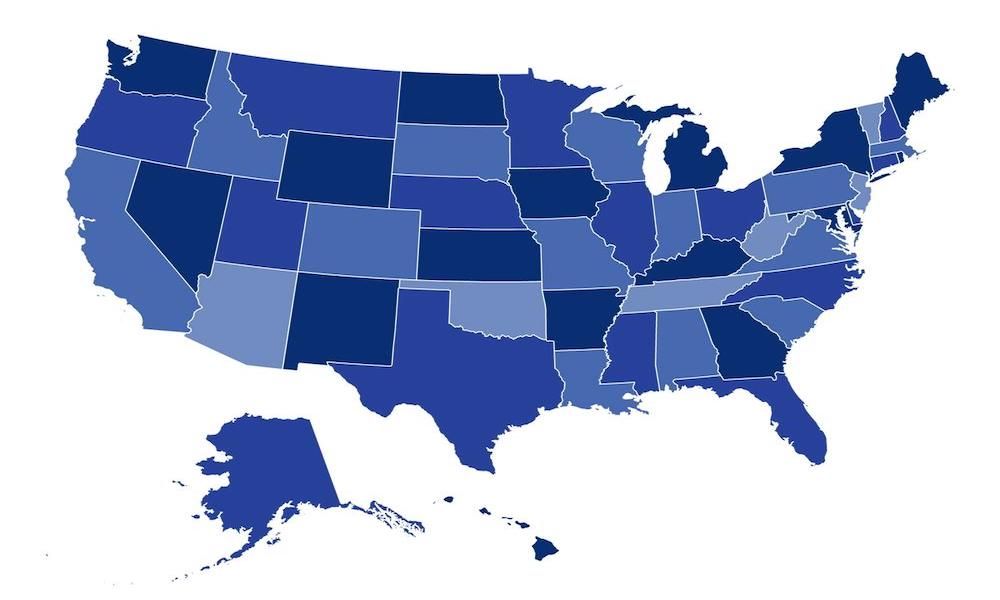
Latest Videos

CME Content
More News

An evaluation of a same-day HIV pre-exposure prophylaxis (PrEP) program in Jackson, Mississippi, showed that most individuals given a same-day prescription either never started PrEP or stopped use within 3 months.

Among women on Medicaid, the prevalence of Kaposi sarcoma—a cancer commonly associated with HIV—was 82 times higher in women with HIV compared with women without HIV.

According to new estimates, the US government spent between $143 million and $314 million in 2022 inflation-adjusted dollars funding the development of tenofovir disoproxil fumarate-emtricitabine. The previous estimate was around $50 million.

A CDC report emphasized the need for increased investments, innovation, and focus on equity in order to end the HIV epidemic.
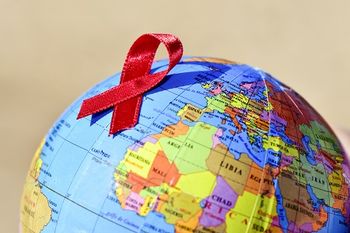
Between 2010 and 2020, pediatric antiretroviral therapy (ART) coverage tripled, but still consistently lagged behind adult ART coverage.

Jessica Robinson-Papp, MD, MS, professor of neurology at Icahn School of Medicine at Mount Sinai, talks about how autonomic neuropathy in people with HIV needs more study.

Jessica Robinson-Papp, MD, MS, professor of neurology at the Icahn School of Medicine at Mount Sinai, talks about the strides made in antiretroviral therapy for HIV and how these improvements lead to better patient outcomes.

The behavioral economic biases of 43 African American young adults aged 18 to 24 were evaluated on 4 fronts: present bias, information salience, overoptimism, and loss aversion.

Jessica Robinson-Papp, MD, MS, professor of neurology at Icahn School of Medicine at Mt. Sinai, talks about what factors can contribute to medication nonadherence in people with HIV, and the different levels of support that might be available to patients.
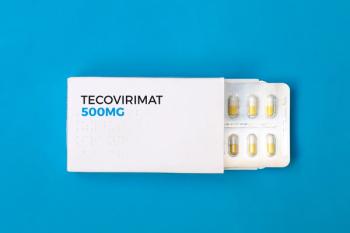
In a cohort of patients in New York with mpox, HIV status did not seem to affect treatment outcomes with tecovirimat, although more research is needed.

A recent study found that HIV is 2.5 times more common in people who use mental health services compared with the general population in South London.

Dr Jessica Robinson-Papp Discusses Symptoms Indicating Neurological Complications in People With HIV
Jessica Robinson-Papp, MD, MS, professor of neurology at Icahn School of Medicine at Mount Sinai, discusses how neurologic symptoms in individuals with HIV can present in various places in the body while also possibly pointing to a neurologic condition.

In the first 2 years after receiving an HIV diagnosis, people with HIV were about 3 times more likely to develop depression, use antidepressants, and undergo electroconvulsive therapy—and 10 times more likely to commit suicide—compared with people without HIV.

HIV infection was more common among those who died of mpox compared with survivors, with an HIV prevalence of 93.9% and 38.3%, respectively, based on available information.

According to interim results from the REPRIEVE study, individuals with HIV who took the daily statin experienced a 35% reduced risk of major adverse cardiovascular (CVD) events, compared with those who received a placebo.

A test using a single spot of dried blood successfully detected HIV, hepatitis B, and hepatitis C in all 60 samples with known amounts of each virus.

Participants with HIV who inject drugs were more likely to initiate antiretroviral therapy and utilize substance use care after participating in group stigma-coping sessions, compared with those who received usual services.

Research showed that HIV incidence and mortality rates were highest among transgender women who were Black or Latinx or lived in the southern United States.

The ruling does not completely get rid of all preventive services coverage under the Affordable Care Act; it only applies to updates or new recommendations made by the US Preventative Services Task Force since March 2010.
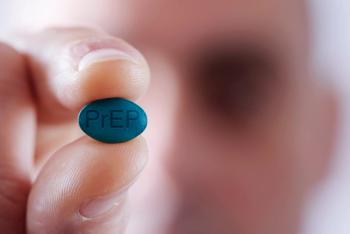
The ruling of Braidwood Management v Becerra puts HIV pre-exposure prophylaxis (PrEP) coverage at risk, potentially leading to more than 2000 preventable HIV infections in the coming year.

Panelists provide their closing thoughts on the disease state and treatment landscape of multidrug-resistant HIV.

Dr Lopes and Mr Driffin discuss cost considerations and utilization barriers inhibiting treatment for patients with multidrug-resistant HIV.

Maria Lopes, MD, MS, and Mr Driffin explore total cost of care affected by various multidrug-resistant treatment regimens.

Similar to findings among young adults, children with HIV in Tanzania were found to have lower distortion product otoacoustic emissions (DPOAEs) and auditory brainstem responses (ABR) wave V amplitudes, compared with children without HIV.

The patient, referred to as the “New York patient,” was treated with stem cells from cord blood, and has remained HIV-free in her blood since her transplant in 2017.



